Animals in the UK are known for their rich diversity due to our mild climate, varied habitats, historical uses of land and devout conservation efforts. Because of this, our countryside supports a wide array of species: from slugs to ospreys, this article delves into the wonders of our most common animals in the UK countryside.
Mammals in the UK Countryside
The countryside is a provider of diverse habitats like woodlands and rivers, as well as a reliable source of food, from berries and nuts to small mammals and birds. This supports a range of mammals, like the meek hedgehog and the sleek red deer. Here are the 7 most common mammals in the countryside.
1. Foxes
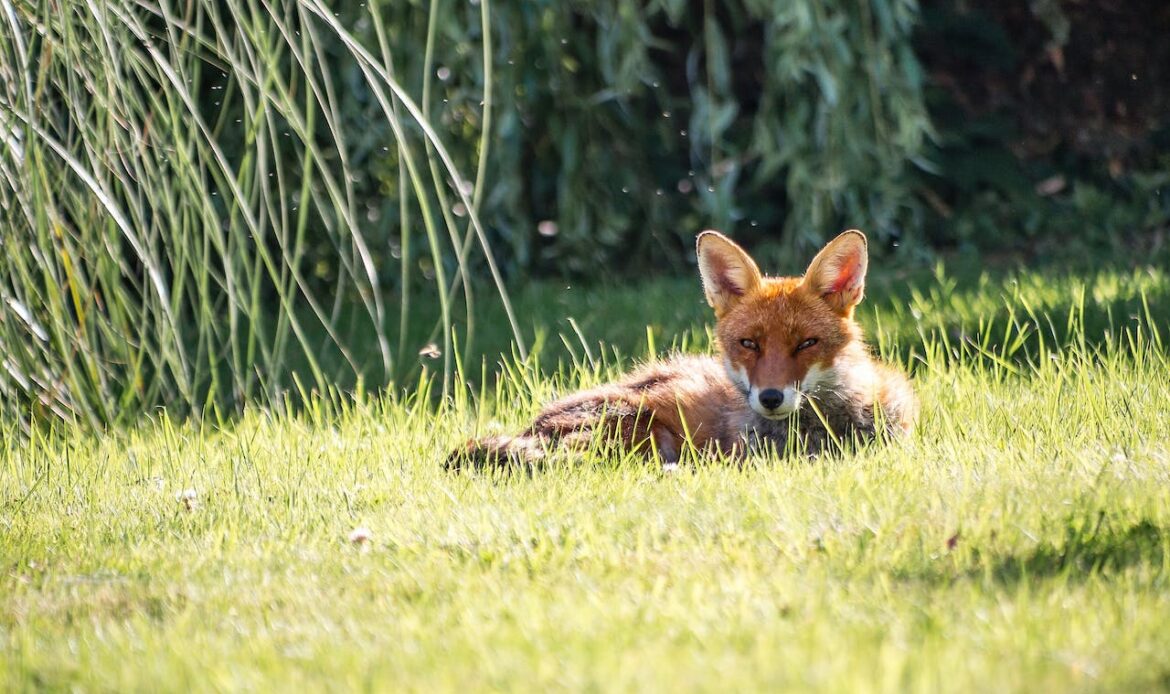
Foxes are commonly spotted by the UK public in and near the countryside. I’m quite sure you have seen one before, although it likely only allowed for a fleeting glance.
The red fox—Vulpes vulpes—are opportunistic hunters thriving on small mammals, fruits, insects or birds. It’s crucial to dispose of sharp objects like shattered glass and metal tins properly, as foxes will also utilise human food waste to feed themselves and their cubs.
The adaptable mammals can be found in urban areas, farmlands or woodlands, and are most active at night to avoid predators, and humans and hunt for nocturnal prey. Foxes have smartly learnt to avoid humans, due to generations of ill practises such as hunting and trapping.
They communicate through scent marking, body language and vocalisations, such as their wonderful scream-like call, which is not fun to hear in the early hours of the morning.
2. Badgers
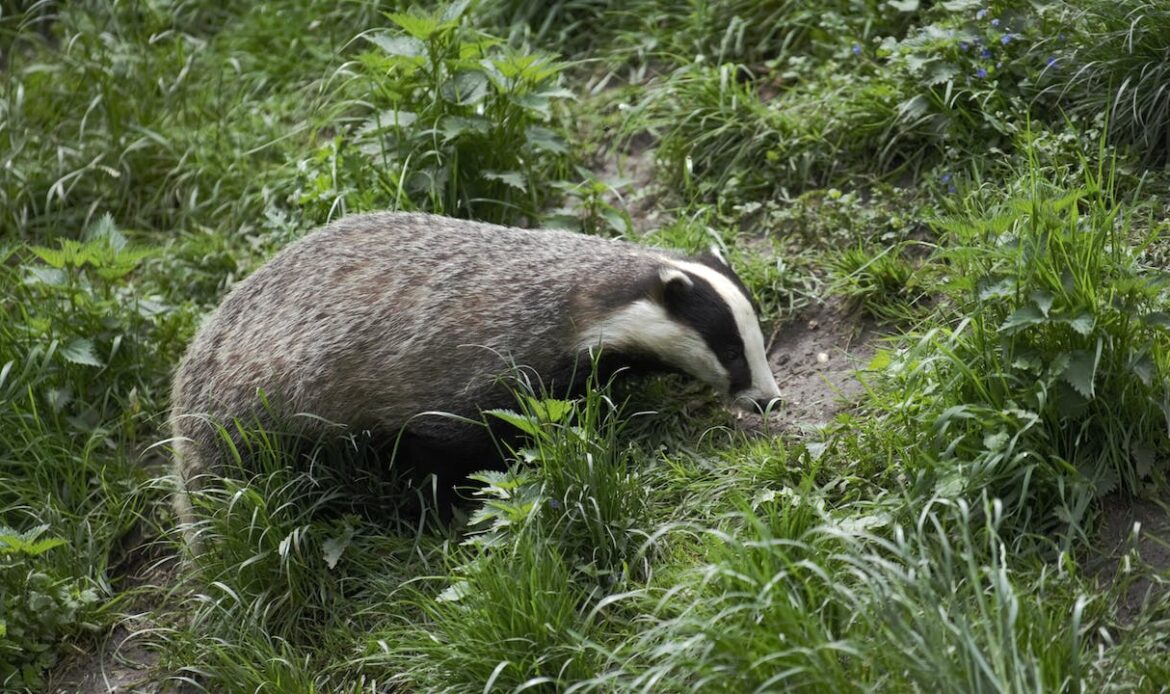
The UK countryside inhabits the European badger (Meles meles) only, staying in hedgerows, wooded areas and open farmland, as key areas to burrow into the ground into ‘setts’. These complex living spaces have multiple chambers, entrances and tunnels, and are typically used for generations in families, with some centuries old, maintained and expanded by successive generations. Some have been known to have over 50 entrances, and inside, roomy chambers kitted out with grass, leaves and moss for comfort and insulation with ventilation shafts for a cool, regulated airflow.
To create this, badgers have strong forelimbs and sharp claws, which allow them to dominate when cohabitation is requested by foxes or rabbits. They already share with their clans, familiar groups, which can be loosely connected to nearby clans, as their tunnelling patterns reflect their interconnected social structures.
3. Deer Species
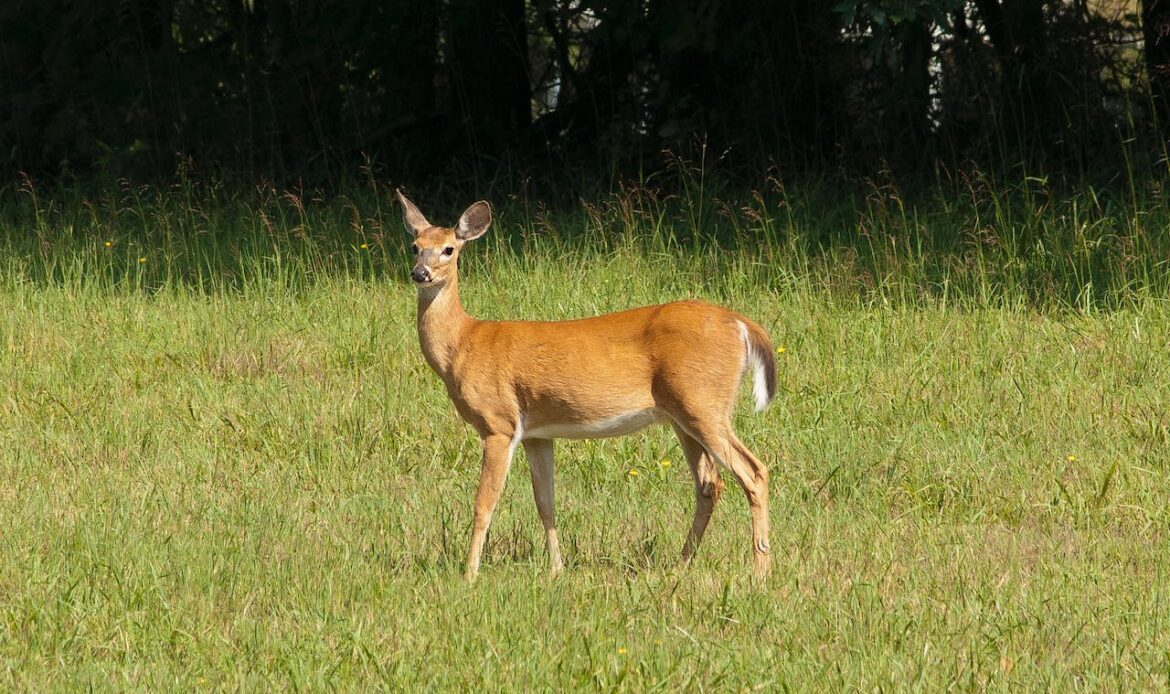
Deers are an important part of the English countryside ecosystem such as by helping to disperse plant seeds and maintain woodland habitats. They are rarer to spot, yet the UK is home to 6 species: Roe Deer, Red Deer, Fallow Deer, Sika Deer, Muntjac and Chinese Water Deer.
Red Deer are the UK’s largest mammal, in Exmoor and the Lake District, but primarily in Scotland. Muntjac Deer are invasive from Asia and smaller animals. Roe Deer are UK natives with black noses and white chins, while Fallow Deer have a variety of coat colours from white to spotted.
Only male deers—bucks—grow antlers, apart from the Chinese Water Deer. These are non-native, with tusks and a preference for wetlands.
4. Hedgehogs
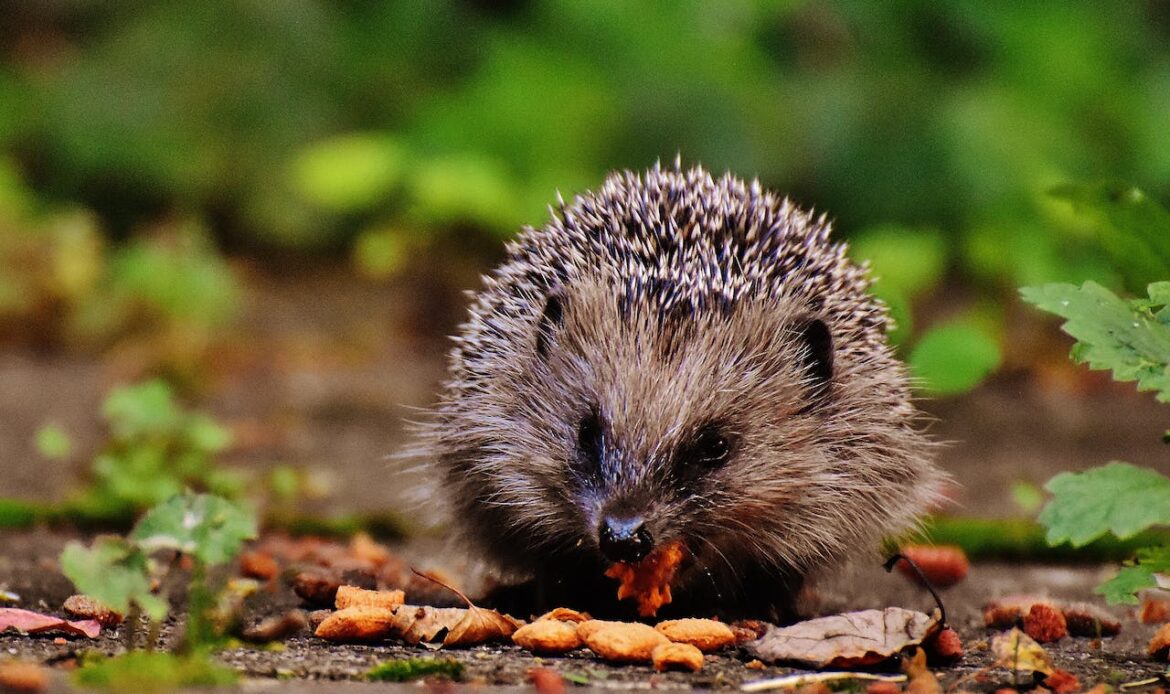
The European hedgehog is found in the UK and comes out at night in search of insects, worms, and other invertebrates. They prepare in spring and summer for a winter of hibernation, usually from November to March.
Hedgehogs prefer habitats with protective cover, like dense hedgerows, meadows, woodland and gardens. These provide ample food from urban areas and shelter which protect the species whose numbers are well in decline. This is due to habitat loss and pesticides intoxicating their food supply.
Hedgehogs, when threatened, roll into a tight ball and use their spines to protect them from predators. They have thousands of stiff, sharp spines, and this move converts them from feeble prey to a well-protected ball of spikes.
5. Moles
Moles enjoy a range of habitats from woodlands and grasslands to gardens. Their spade-like forelimbs and sizable paws have evolved to make them adept at digging, capable of creating comprehensive tunnelling systems. Compared to the pre-discussed badger tunnels, these are more straightforward and linear, without badgers’ architectural penchant for multiple levels and interconnected chambers. As solitary animals, mole tunnels are designed for single use, and a mole occupies its own built network of tunnels for its own purposes.
Because of this, their senses have adapted to poor eyesight, not needed underground, but well-enhanced smell and touch with hypersensitive snouts capable of locating prey from vibrations in the soil.
6. Bats
18 species of bat reside in the UK, each with slight variations. They use echolocation, projecting high-frequency sounds that bounce from objects back to the animals, notifying them of object locations. As well as navigation, their echolocation detects and hunts insects throughout the night in the dark. Bats target moths, mosquitos and beetles, but some species extend their searches to nectar or fruits, contributing to seed dispersal and pollination.
During the daytime, they return to roosts, like caves, crevices, attics and tree hollows to roost; a state of sleep out of harm’s way to conserve energy for the night ahead. Unlike moles, roosts tend to be communal areas. Here the bats vocalise together, groom each other and retain warmth in winter, also strengthening the colonies’ social bonds.
7. Squirrels
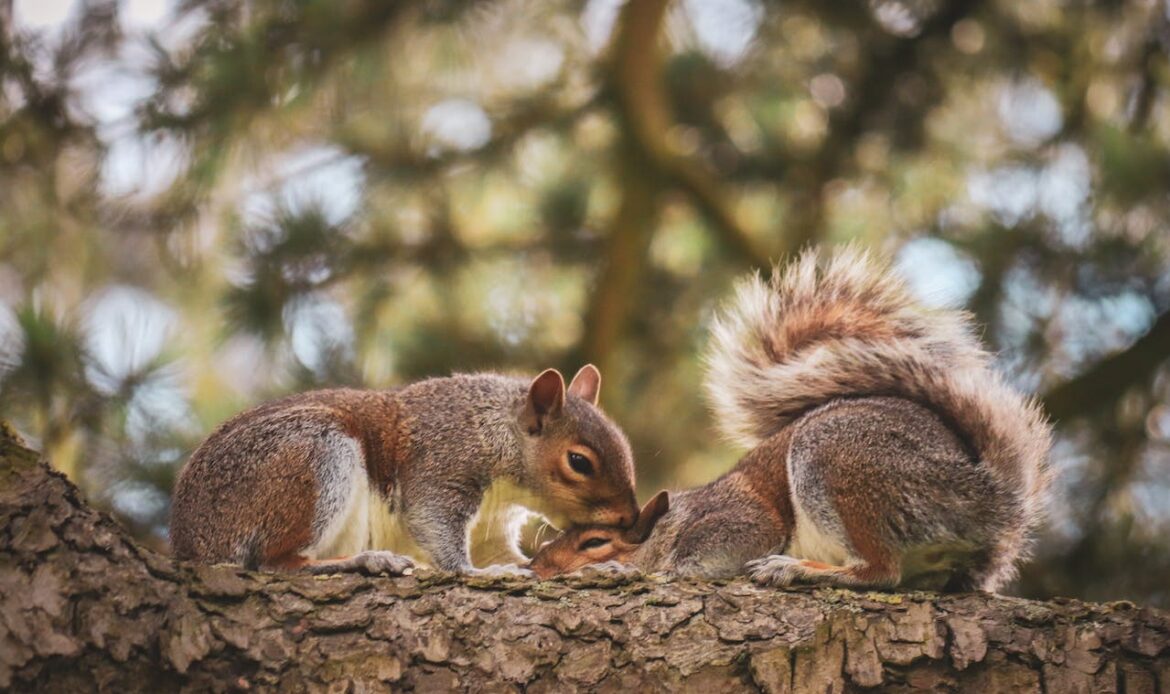
The common Grey Squirrel is actually an invasive species from North America in the 19th century that endangers our native Red Squirrel species. The grey squirrels have built up immunity to the squirrelpox virus which can be deadly to the red squirrel, who do not have immunity. What’s more, their population grows and they take up valuable habitat spaces, food, and key resources.
Both species eat seeds, fungi, berries and nuts, and store their food well into winter, burying it underground. They build nests high in the trees, using abandoned bird nests or tree cavities. The animals are intelligent and acrobatic, leaping between tall trees with ease, allowing them to escape predators and manoeuvre with agility.
Birds of the UK Countryside
8. Raptors and Owls
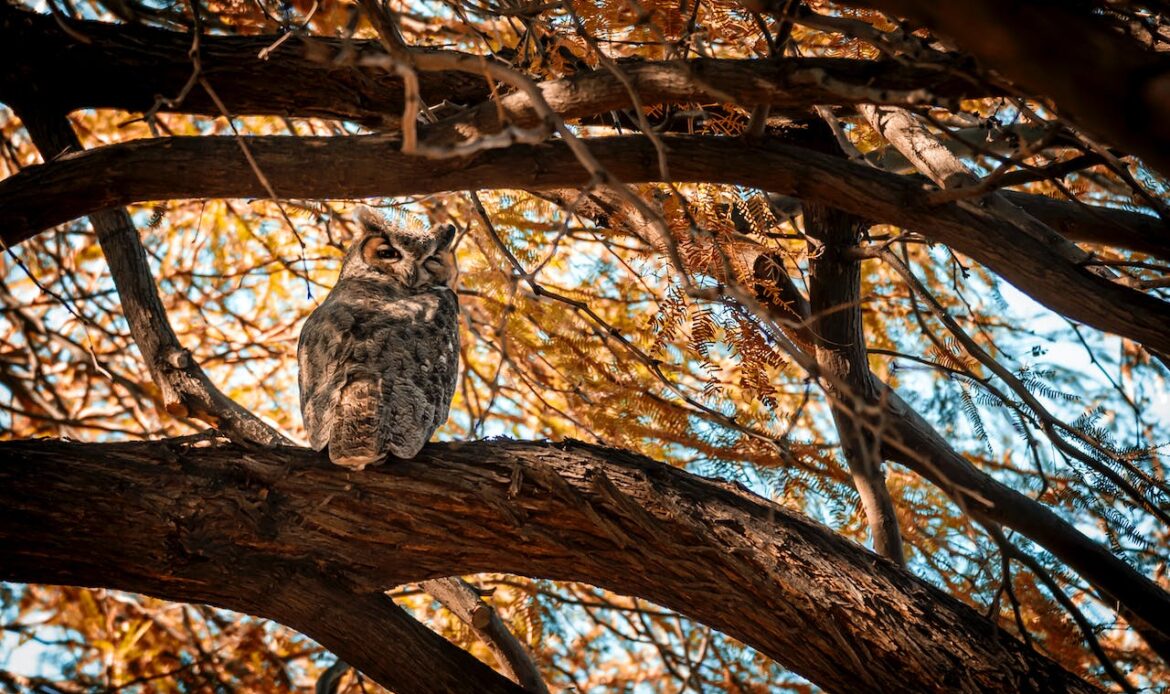
Raptors are birds of prey, such as hen harriers, owls, kestrels, red kites, buzzards, ospreys and falcons. They utilise a range of hunting techniques, like the falcon’s high-speed dive (‘stooping’), the hen harrier’s quartering method (flying low back and forth) or the kestrel’s use of kiting (hovering, then dropping down to catch prey). Raptors tend to display hooked beaks, hefty talons, eyesight and broad, strong wings.
5 species of owls are native to the UK; nocturnal hunters equipped with adept night vision and hearing capabilities. Their wings have evolved to allow for silent flight and skilful, calculated preying, with heads able to turn up to 270 degrees, over 3 times more than a human can. A majority of owls are monogamous, with the male courting the female via food offerings.
9. Songbirds and Woodpeckers
The UK hosts a range of songbirds, such as our nightingales, robins, blackbirds or chaffinches. They thrive on nectar, seeds, insects and fruits, which can change with the seasons.
Their songs can have many functions, such as territorially marking their spaces, attracting a mate by showing vigour and signalling genetic quality, or simple vocal calls for communication. Young birds will learn songs from their father, who will have an entire repertoire of learnt music.
On the other hand, woodpeckers do not sing, but ‘drum’—speed-pecking on hard surfaces like a metal pole or a dead tree. This loud, repetitive sound is their main form of communication, interspersed with vocal calls.
Drumming also creates nest cavities, shelter for roosting, allows hunting from insects in wood and bark, as well as sap extraction. They consciously target dead or weak trees, as drumming is harmful, and they want to inhabit a sustainable environment.
10. Waterfowl and Wading Birds
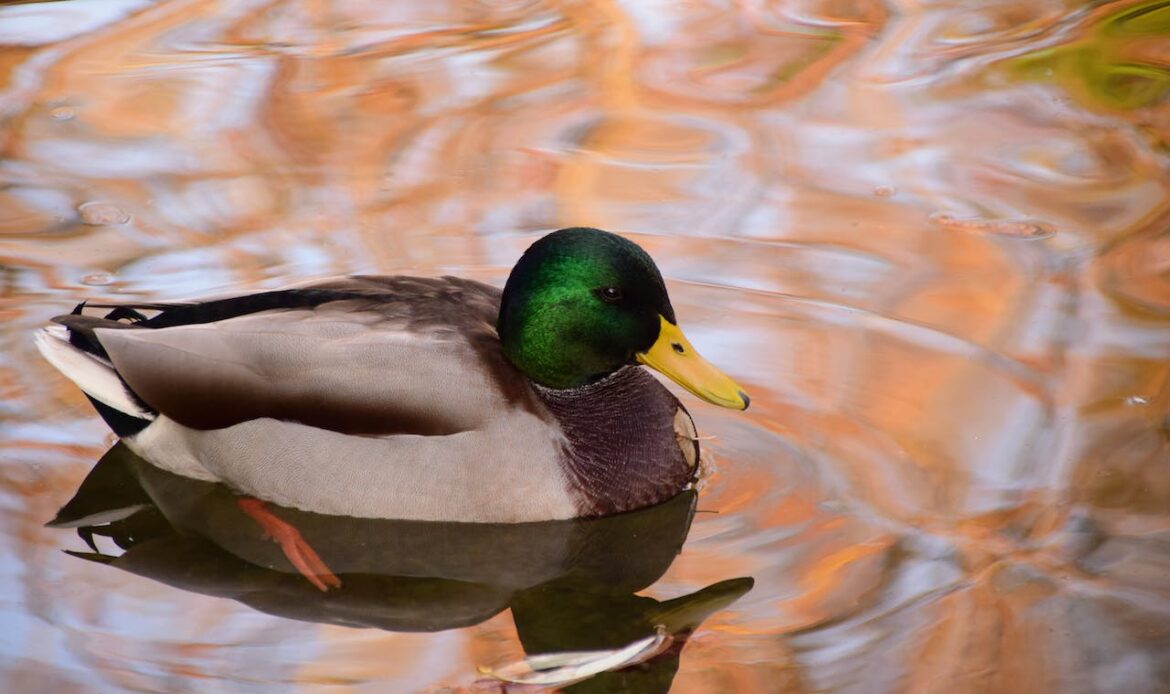
Wading birds, like herons, egrets and sandpipers, have long legs and beaks, ideal for shallow foraging, and crucially, allowing them to wade through water and mud, hence the name. They’re common in wetlands and coastal areas and tend to migrate long distances following the seasonal pattern.
Social animals, wading birds flock in large groups of different species, enhancing foraging while protecting each other in numbers. This is the same for waterfowl—birds that live near or on bodies of water like lakes, wetlands or rivers, such as ducks, swans and geese. These birds have a moulting period, involving the shedding and regrowing of feathers.
11. Gamebirds and Pigeons
Pigeons constitute a few types of species; the wood pigeon, the collared dove, and the feral rock dove—most commonly seen in urban areas foraging for human food scraps. Beyond this, they feed on seeds, grains and fruits.
Their nests are simple, with sticks and twigs, and are reused for new broods. Their distinctive coo can especially be heard throughout courtship periods, as pigeons have a high reproductive rate.
Pigeons inhabit urban and rural areas, from dense woodlands to train bridge alcoves, however gamebirds primarily inhabit rural areas like moorlands, farmlands and woodlands. Examples of gamebirds are red grouses, woodcocks or pheasants, and are well-known for hunting purposes.
Reptiles and Amphibians
12. Snakes and Lizards
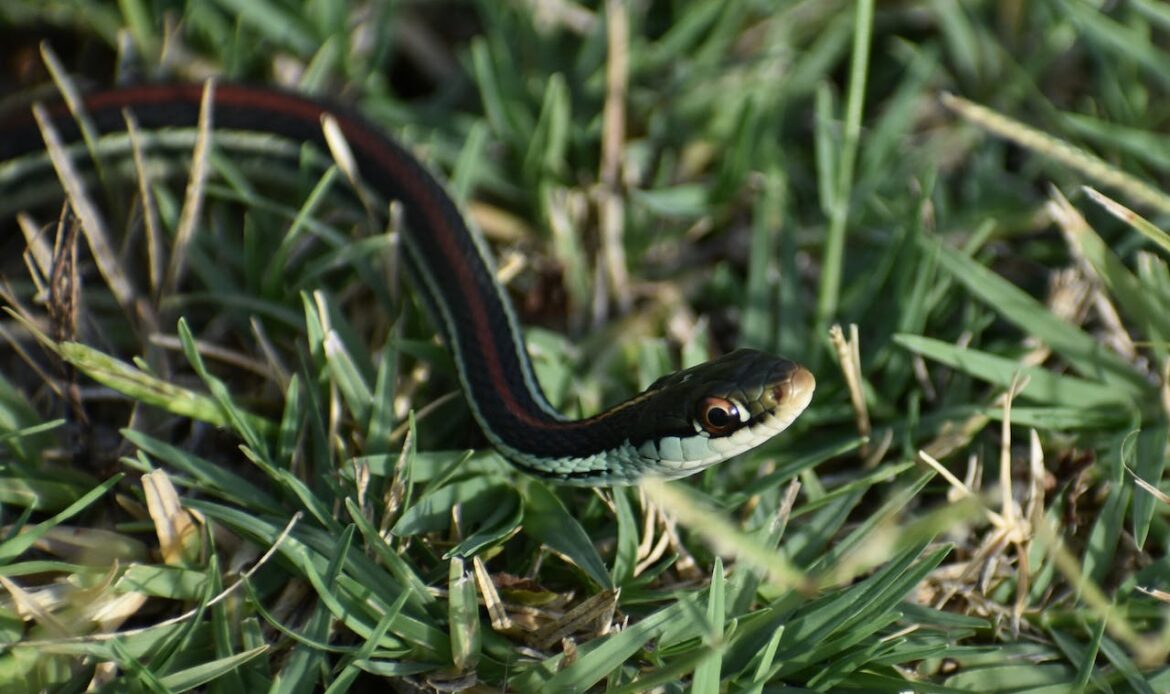
Snakes and lizards may not be the first creatures that come to mind when you think of the English countryside, but they are an important part of the ecosystem. The UK has 3 snakes.
Venomous adders are the only dangerous snakes, however they are shy and their bite is rarely fatal. Grass snakes are found near water, hunting amphibians with adept swimming skills. Finally, smooth snakes are the least common, inhabiting heathland habitats, and hunting small mammals and reptiles with constriction rather than venom.
There are also 3 native species in the UK of lizards: the common lizard, the sand lizard and the slow-worm lizard. The slow worm is frequently mistaken for a snake; harmless and limbless, and 30-50cm long in adulthood. The lizards are ectothermic beings that enjoy sunny spots and external heat sources. Uniquely, as a self-defence mechanism, they can drop their tails, which continue to wiggle and distract predators allowing for the lizard’s swift escape. The tail grows back in a new colour and length.
13. Frogs, Toads, and Newts
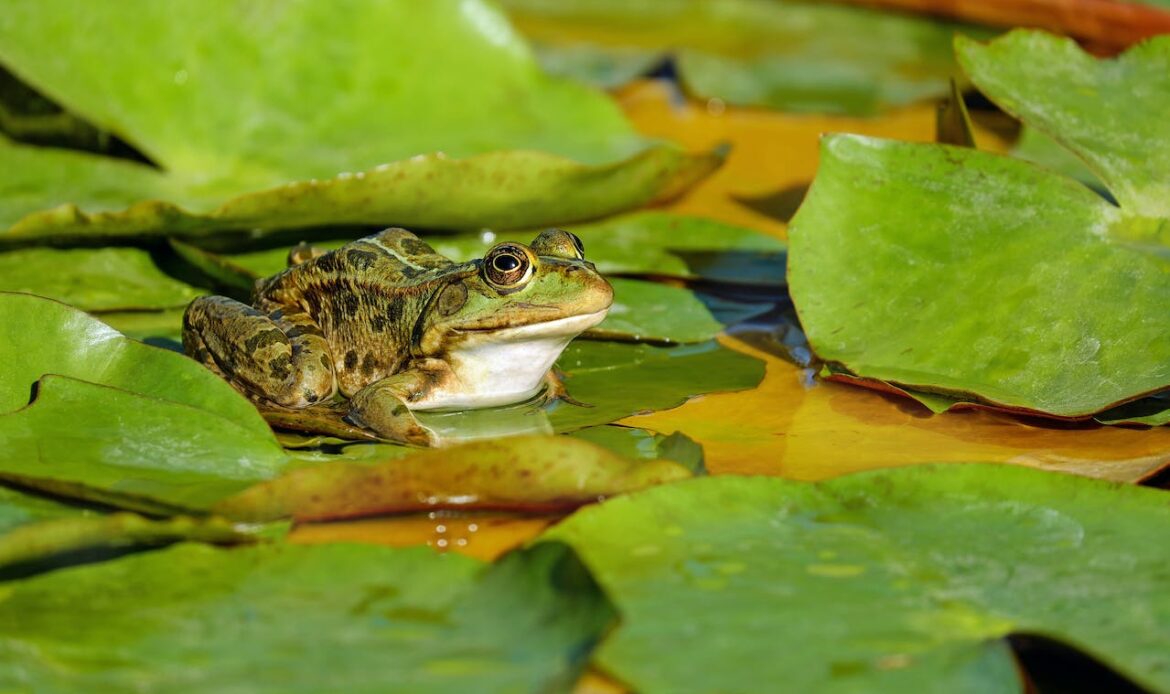
Frogs are widespread animals in gardens, wetlands and ponds, with a face a similar size to their entire body, a hopping gait and smooth moist skin. In winter they hibernate, under logs or in the mud of a pond, entering a state of torpor and slowing their metabolism.
Their close relative toads have dry skin with warts, preferring dampness to wetness. They inflate when threatened, and expel a mild toxic to deter predators. As do frogs, toads breed with large quantities of eggs together, tadpoles. This can be up to 4000, however only 1% of this may make it to adulthood due to tadpoles being a key food source for many animals, environmental hazards, disease and water quality.
Insects and Invertebrates
14. Butterflies and Moths

The English countryside is a haven for butterflies and moths, with an incredible range of species that can be seen flitting through fields and meadows. From the colourful wings of the small tortoiseshell to the delicate patterns of the emperor moth, these creatures are a true wonder to behold.
15. Bees, Wasps, and Ants
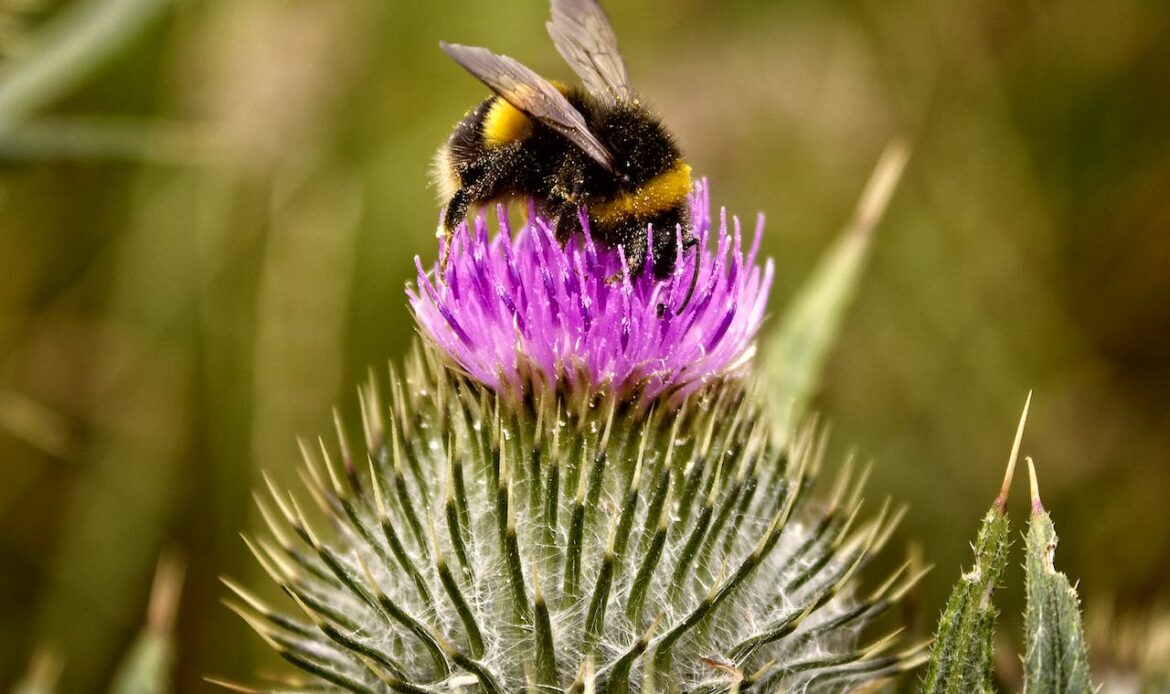
The UK has 270 species of bees, crucial for the pollination of plants like wildflowers and crops by allowing for the reproduction of plants and the expansion of biodiversity.
Their colonies take complex social structures, with one queen as the only reproductive female in the entire hive, laying up to 2000 eggs on peak days. Her pheromones stop the other bees from reproducing, ensuring genetic consistency, and social harmony and encouraging divisions of effective labour.
Fantastically, worker bees, the females, forage, care for the queen, repair and build the hive as well as defend it from any harm. Drone bees, the males, mate with a virgin queen from another hive and die.
When a queen dies, all bees panic and swiftly select multiple larvae as potential new queen candidates. They’re placed in special queen cells and fed royal jelly, which transforms them into queens, not workers—bigger and with functioning ovaries. The first queen to hatch will sting her competitors, and if two emerge, a fight to the death.
The UK has 7,000+ species of wasps, including social, also living in colonies, or solitary, who operate alone. Wasps tend to be more aggressive when defending nests, and their sting is potent in attacking predators. This can be used multiple times as opposed to worker bees only once.
Ants, only about 50 species, follow complex social structures similar to the bee, with queens, male drones and female workers. They use pheromones for communication and crucially aerate the soil, disperse seeds and foster ecological balance.
16. Beetles and Dragonflies
We have over 4000 beetles in the UK, in woodlands, grasslands, gardens and wetlands. They are strong contributors to pollination, decomposition and pest control.
Their tough exoskeleton, made of chitin, provides a solid defence against predators, including an elytra – a protective shell for the wings. The smallest beetles, such as the ladybird, can be less than 1mm, living a few months, and the largest up to 7.5 cm, like the stag beetle, living a few years.
On the other hand, there are approximately 57 dragonfly species in the UK, found in freshwater habitats like wetlands, ponds, rivers and lakes.
They utilise 360-degree vision with eyes consisting of up to 30,000 lenses, allowing them to powerfully detect colours and movement. They are the best fliers out of all insects, able to fly backwards, rapidly change directions and hover. This makes them exceptional hunters, capturing prey mid-flight with ease.
Some dragonflies date back 300 million years, and their prehistoric ancestors had wingspans up to 70 centimetres long.
17. Spiders and Slugs
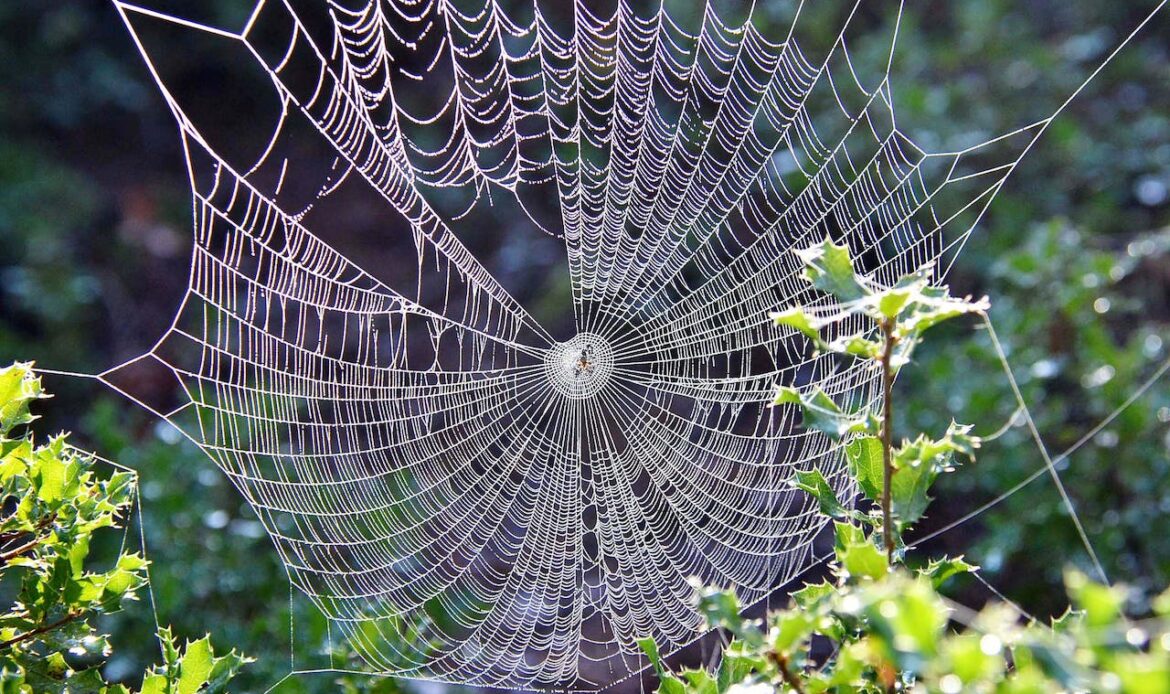
We have 650 types of spiders in the UK, acting as key pest controllers. Some cast webs to catch prey, and some hunt on the ground. Their venom can subdue their prey, however this is harmless to humans. Spiders that can bite rarely cause harm. The false widow spider’s bite should be avoided—however, the symptoms are only mild.
Their mating rituals are unique, with the male performing dances for the female, or presenting gifts of prey wrapped neatly in silk. This helps him avoid being eaten by the females, who are larger and more powerful.
Lastly, slugs are commonly found in the UK countryside, with about 30 species. They come out when it rains, to soak up moisture and avoid desiccation which is a common way they die (drying out). To move, they secrete a mucus mostly composed of water, that allows them to swiftly glide over surfaces. Their upper tentacles are their eyes, and their lower tentacles are to taste and smell.
To conclude, the UK is home to a diverse range of wildlife, species and animals, all with complicated systems, patterns and ways of life, and symbolising the beautiful complexity of nature and the precious status of our dying biodiversity.

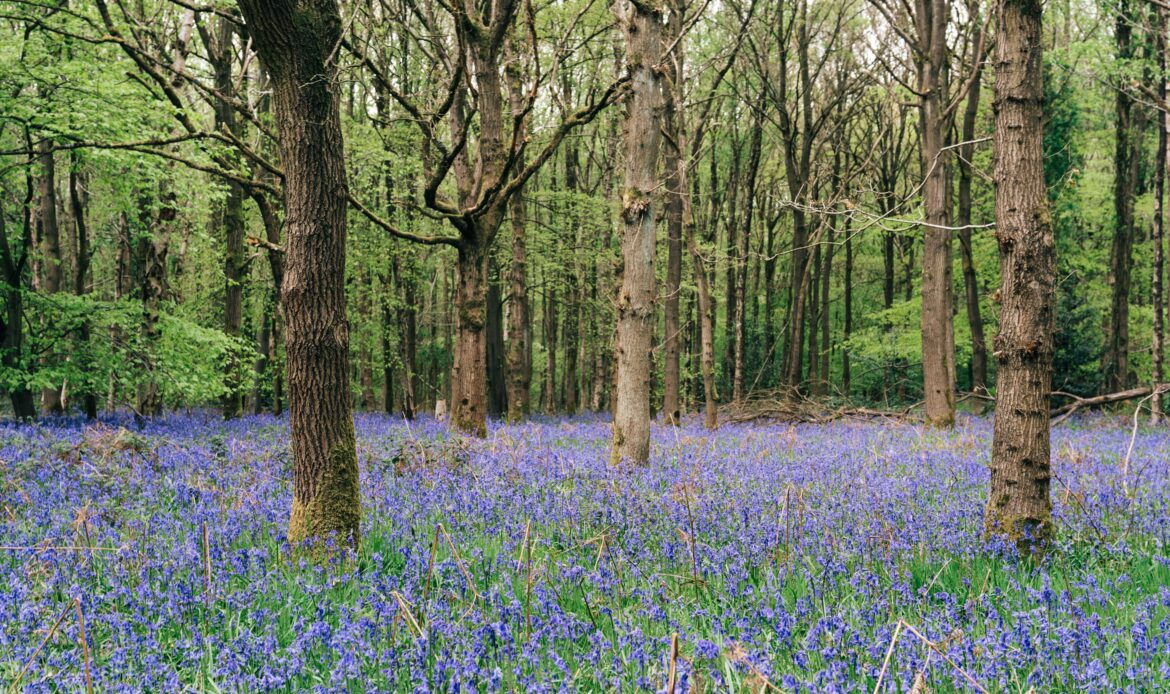
2 replies on “17 Most Common Animals in the UK Countryside”
I like this web site it’s a master piece! Glad I observed this.
Your article helped me a lot, is there any more related content? Thanks!